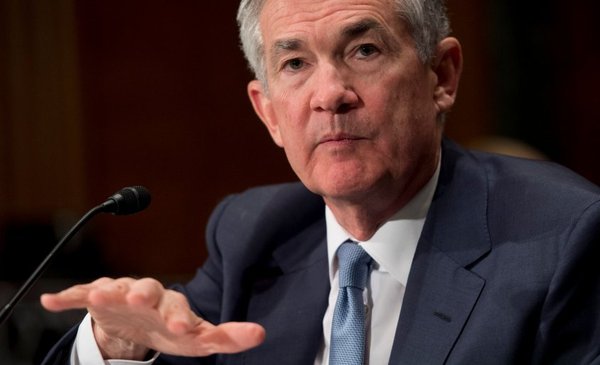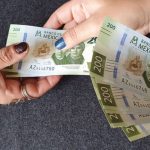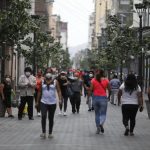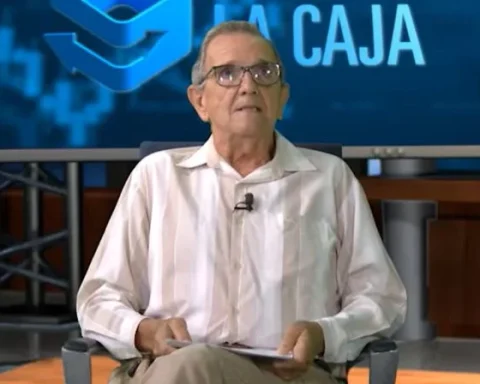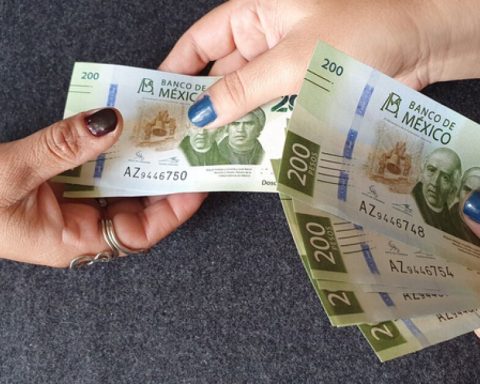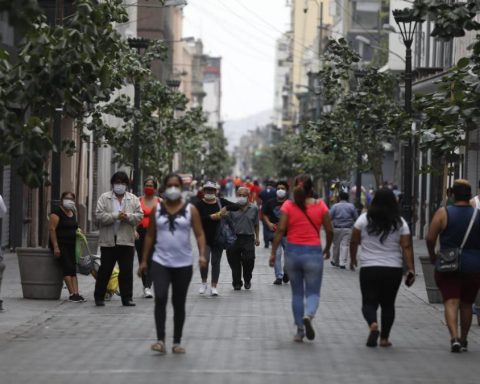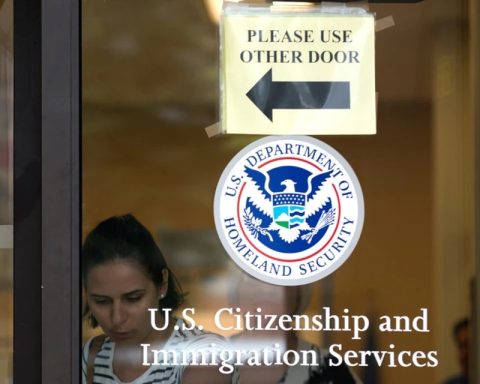The United States Federal Reserve (Fed) announced this Wednesday its tenth consecutive rise in interest rates (+0.25%), to face inflation and despite the economic weakening and the recent banking crisis.
The main interest rate is now between 5% and 5.25%, the highest since 2006, after a unanimous decision. Those responsible for the fed They affirm that they will observe the effects of the successive decisions to decide if they tighten the monetary policy more in order to bring inflation to the 2% target. The decision was in line with market expectations.
The Federal Open Market Committee (FOMC) for its acronym in English insisted in its statement that “inflation remains high” despite the fact that in the first quarter the economy expanded at a moderate pace and the unemployment rate has remained low.
“The American banking system is strong and resilient. Tighter credit conditions for households and businesses are likely to weigh on economic activity, hiring and inflation. The extent of these effects remains uncertain,” the committee announced, in a sign that it would be willing to pause the tightening cycle at its next meeting.
However, they specified that the Committee would be prepared to adjust the rate “as appropriate if risks arise that could prevent the achievement of objectives.” In addition to closely monitoring incoming information -such as labor market conditions, inflationary pressures, and financial and international developments- and its implications for possible future decisions on monetary policy.
“In determining the extent to which additional policy tightening may be appropriate to return inflation to 2% over time, the Committee will take into account cumulative monetary policy tightening, the lags with which monetary policy affects activity economy and inflation, and economic and financial factors. stated in the statement.
This is the tenth increase that the US central bank has made, since it began its campaign of increases in March of last year with the aim of bringing inflation, currently at 5%, back to its target of 2%.
El Observador, AFP and Diario Financiero
